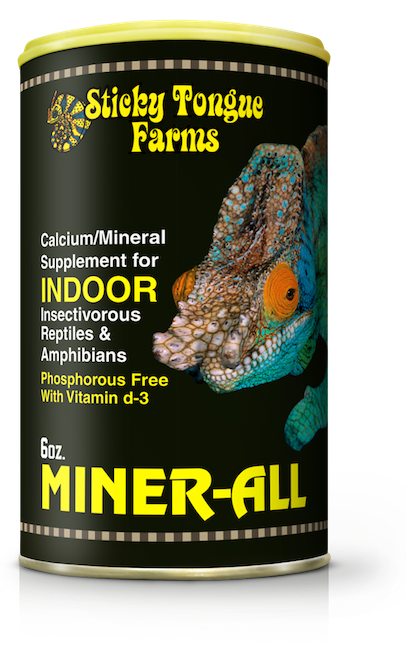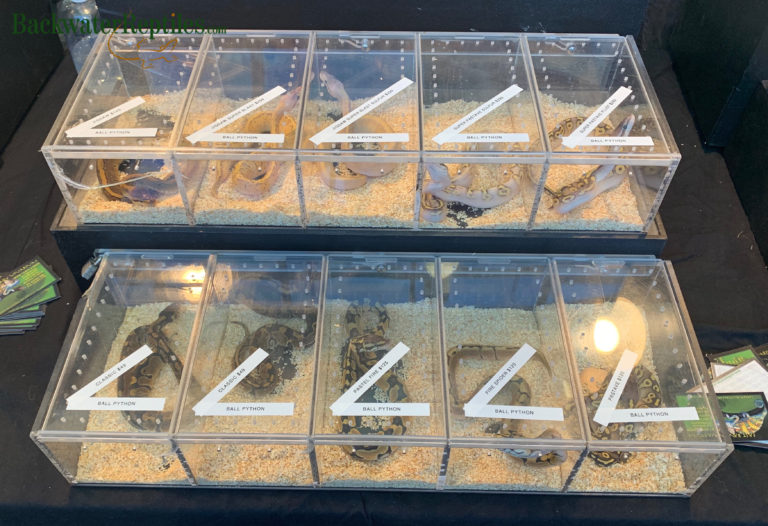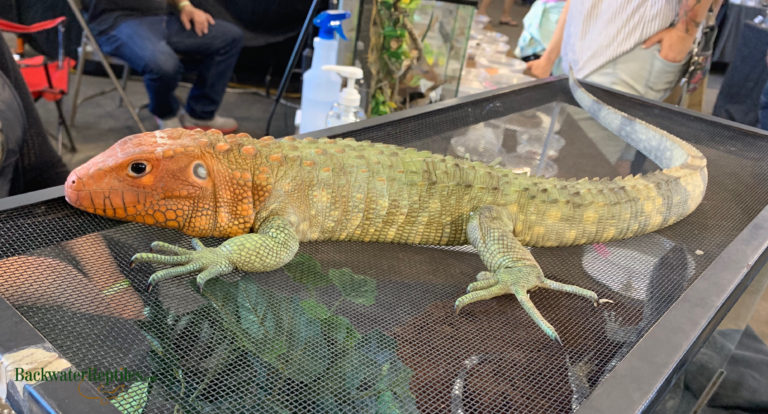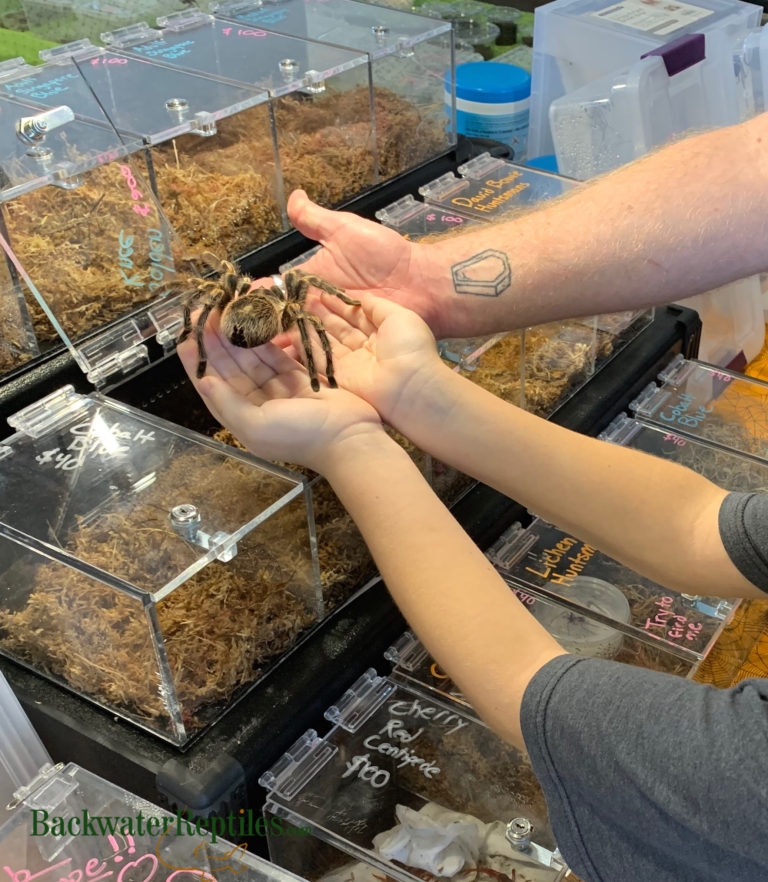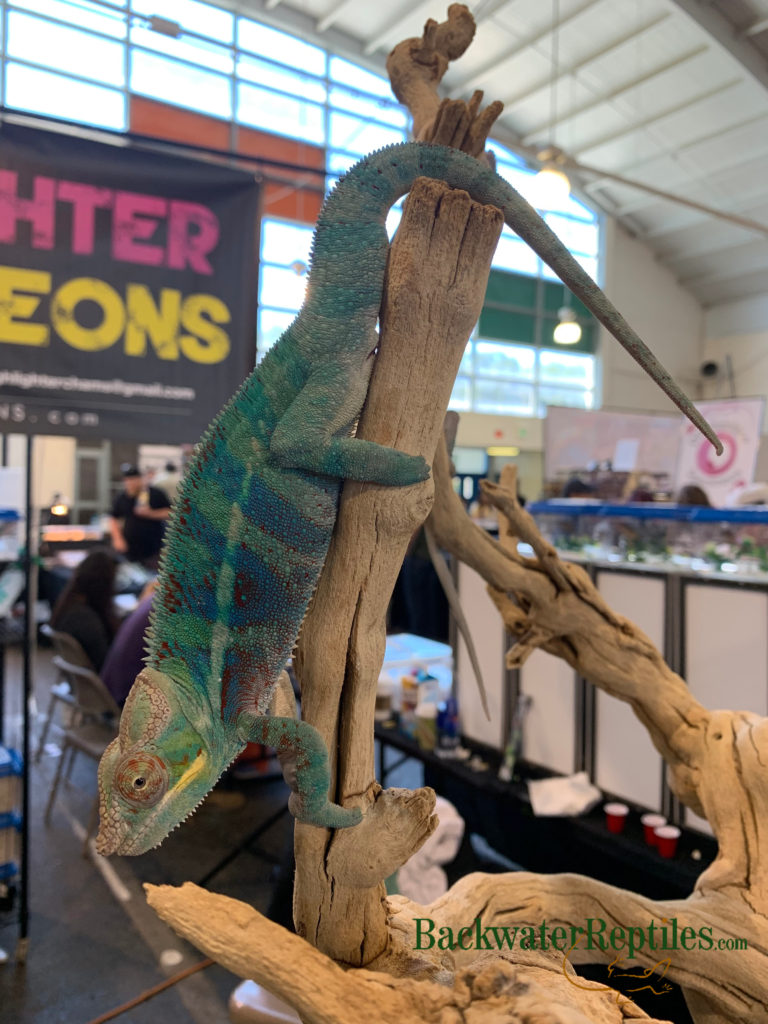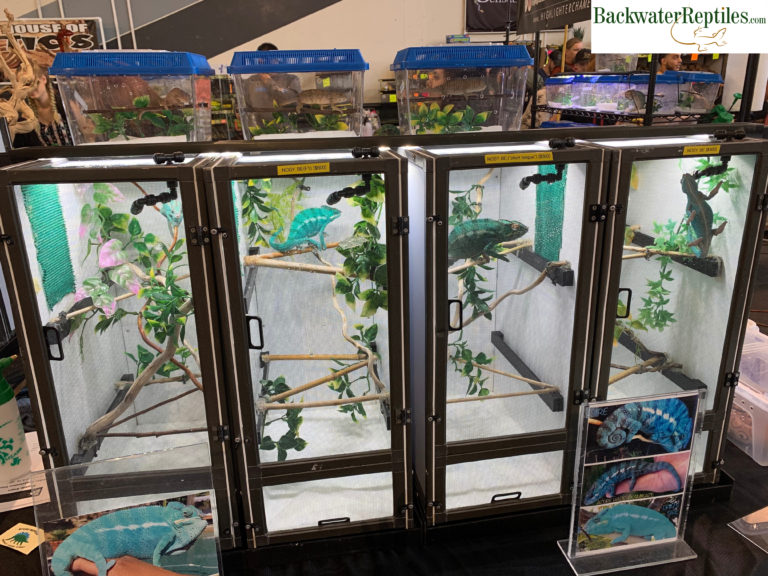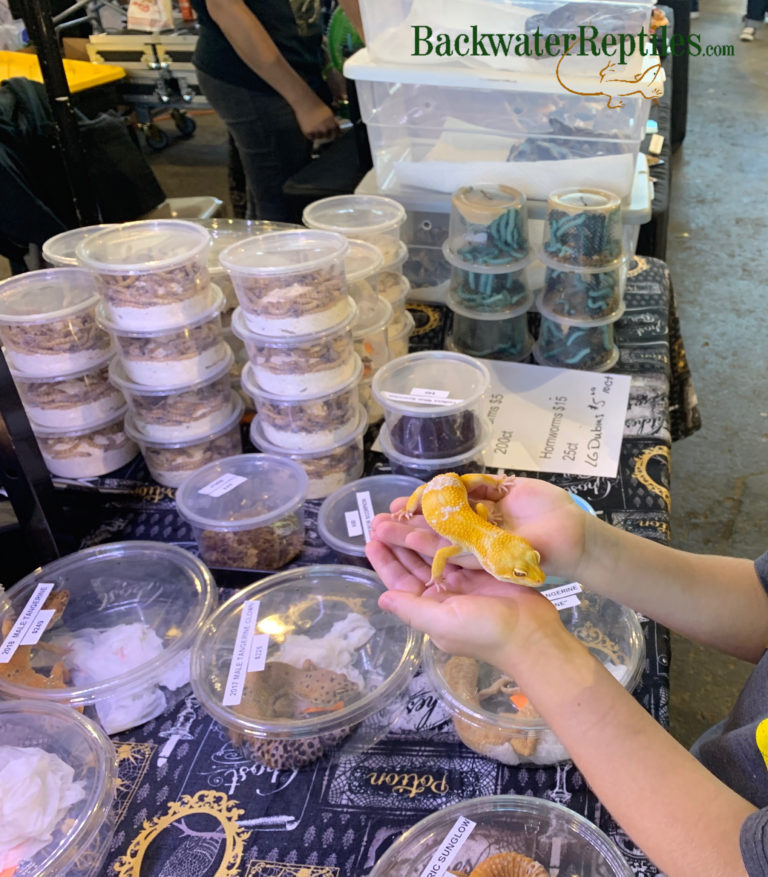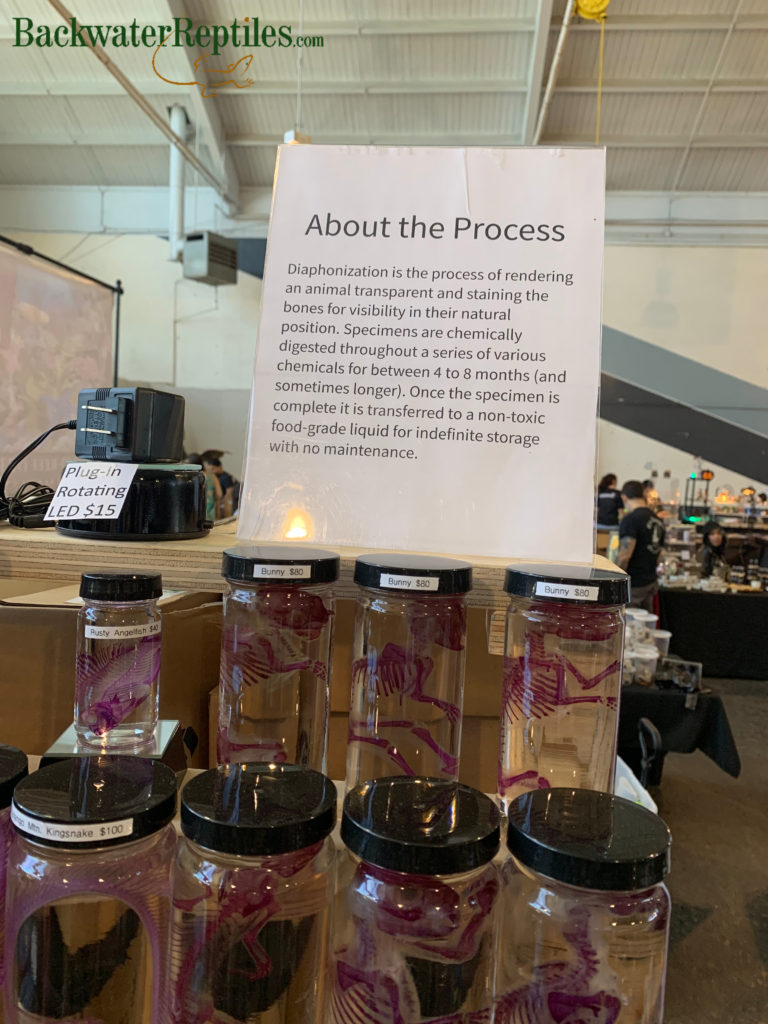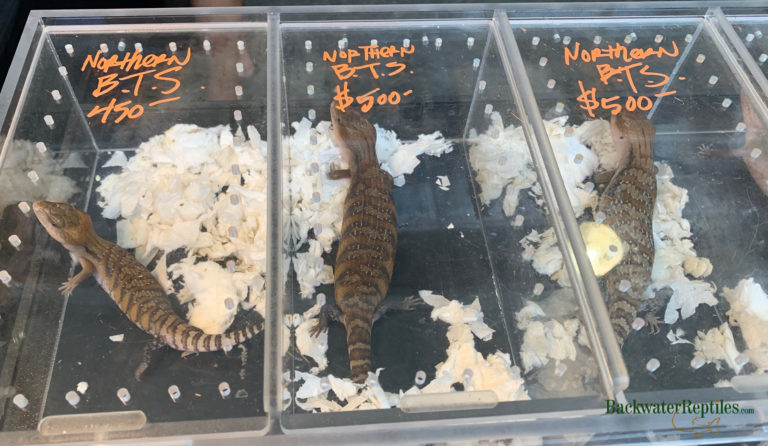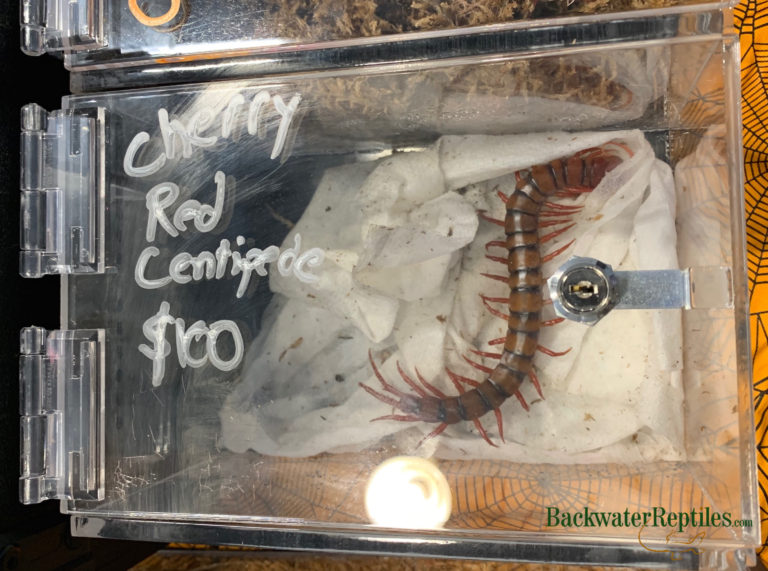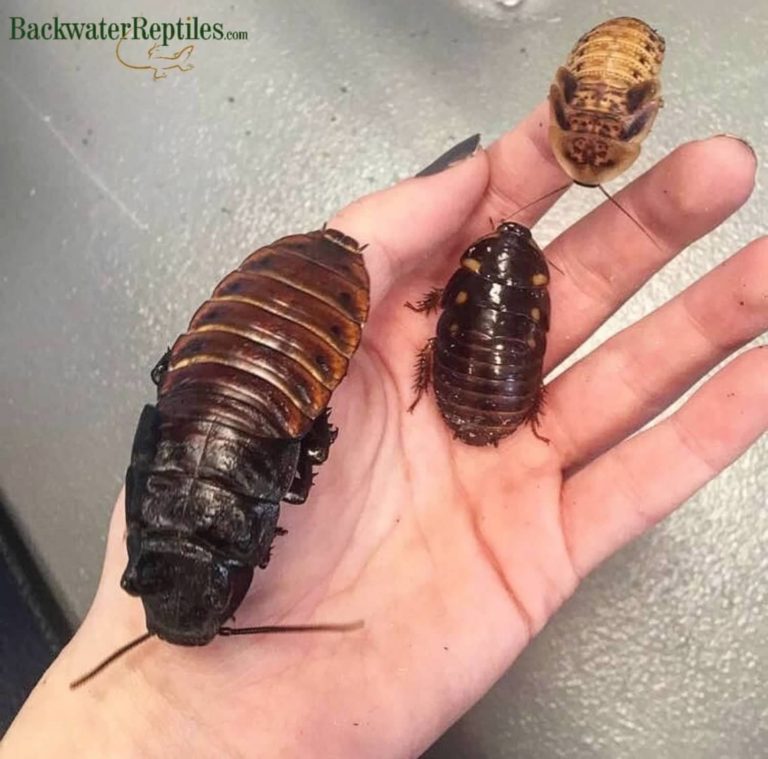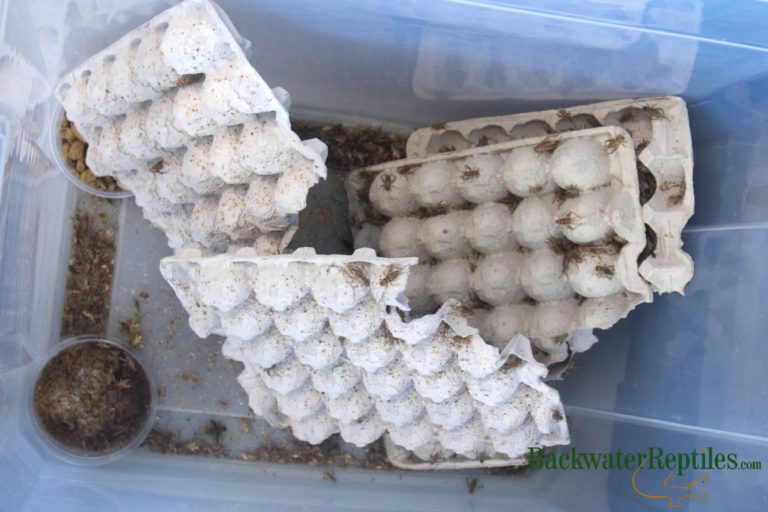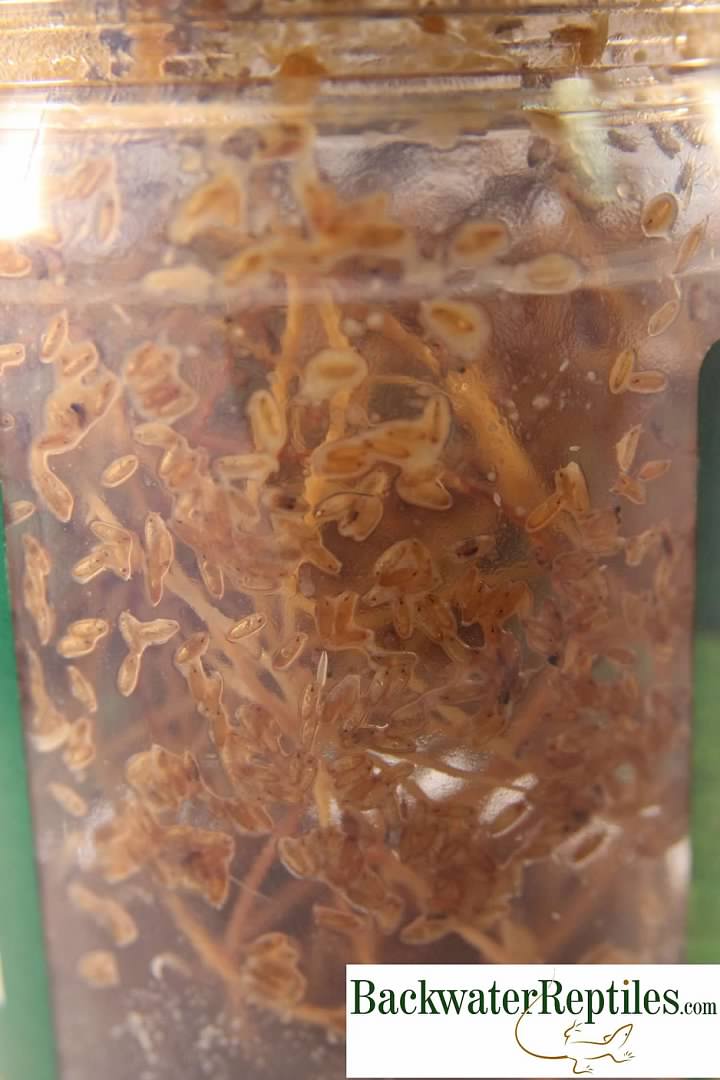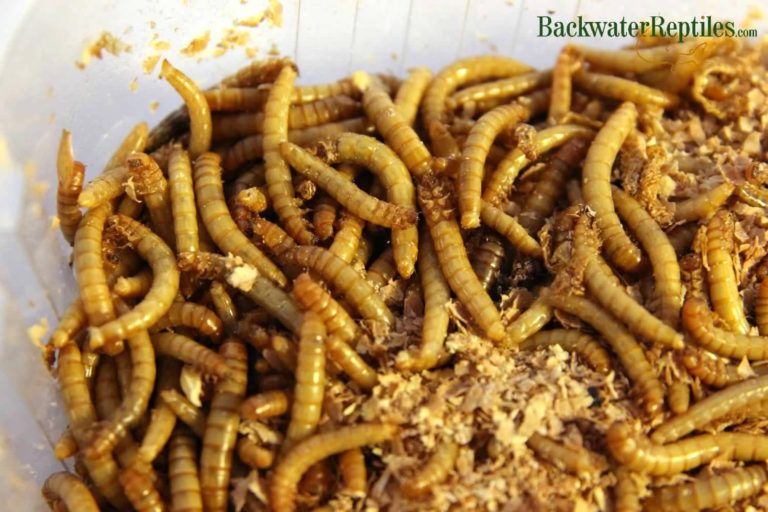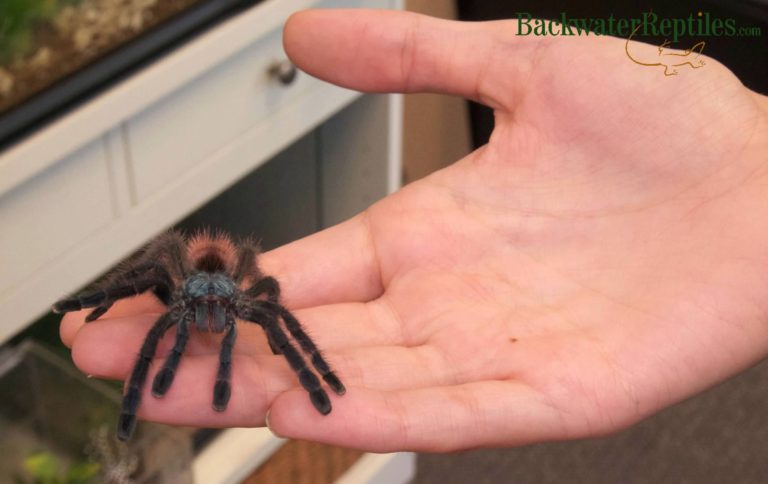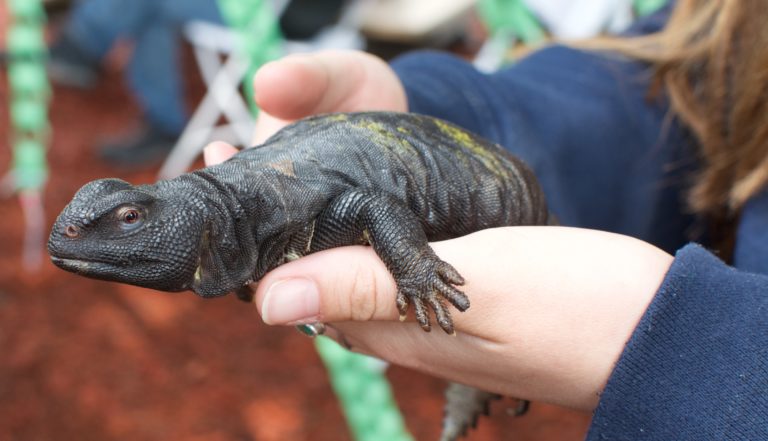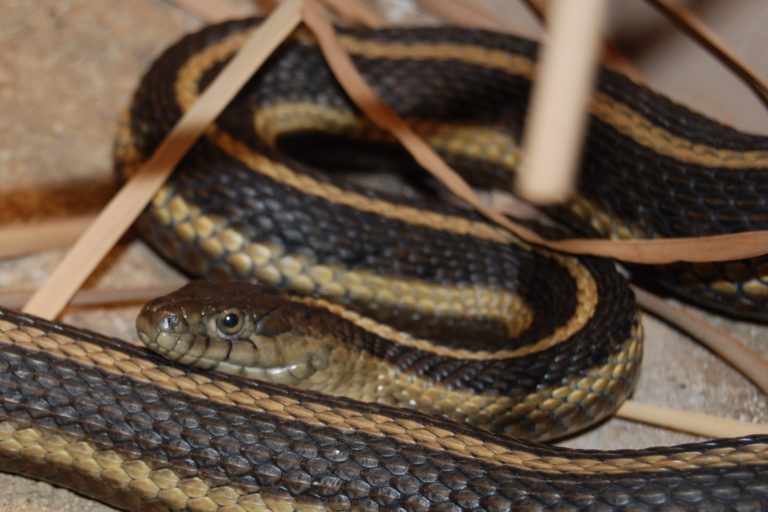Do pet snakes kept in captivity require UV lighting in order to be healthy?
It’s been debated in recent times whether or not snakes should be given full-spectrum UV lighting. It’s been widely accepted for a long time that most species do not require lighting, however research suggests there might be other benefits to using UV lights. At least at the moment, there’s no right or wrong answer and owners should make their own choice.
At Backwater Reptiles, for most species we typically don’t provide UV lights. The video below details our snake rack system (which is also used by many snake breeders), and as you can see, we don’t include lights, but we do have an efficient heat source.
Why do some feel snakes don’t require UV lighting?
The commonly accepted method to raising and keeping snakes in captivity typically does not require providing UV lighting. Most breeders do not usually use UV lights and if you visit a pet store, their snakes are usually also not provided with UV lights.
The reason many reptile species require UV lights in captivity is because they need it to help their bodies process and synthesize vitamin D3. This is important because it allows them to maintain healthy calcium levels throughout their bodies and avoid issues such as metabolic bone disease.
It has long been accepted that snakes don’t require lighting, or supplements for that matter, because they get all the nutrients they need from their food. Unlike most pet reptiles and amphibians that eat insects, snakes consume other mammals who possess adequate calcium and mineral supplies of their own which are then passed along to the snake.
Certain breeders assert that there are more benefits to UV lighting than just avoiding metabolic bone disease. It has been suggested by some that UV rays also support a healthy immune system, color vision and healthy skin and scales.
Because there is a lot of information out there and not all of it is accurate, our recommendation is to ask your veterinarian or herpetologist. Some species will thrive without UV lighting, while others might do better with a bit of assistance. Where you live and your home’s ambient temperatures could also play into the decision.

What is the difference between heat lamps and UV lights?
Depending on what species of snake you own, you might need to provide UV lighting, heat lamps or both. It’s important therefore to understand the difference between these items as they are not one and the same.
Heat lamps might look very similar to a UV light depending upon the model you purchase, but they are made for one very specific purpose – raising the temperature in your pet’s enclosure. Because heat rocks are unsafe sources of heat and heat mats are often not enough heat for a single enclosure, most herp owners, including snake owners, opt for a heat lamp that sits atop the cage. These are especially useful if your home’s normal room temperature is lower than the comfort level of your reptile.
Often times, your herp’s set up will include a full spectrum UV light as well. These lights can generate a little warmth, just like any lightbulb, but that is not their main function. Instead, UV lights are meant to mimic the rays of the sun that a snake or any other reptile would normally absorb while outdoors. UV lights are available in specific types such as UVB or you can opt for full-spectrum lights which replicate the sun’s rays as closely as possible indoors.
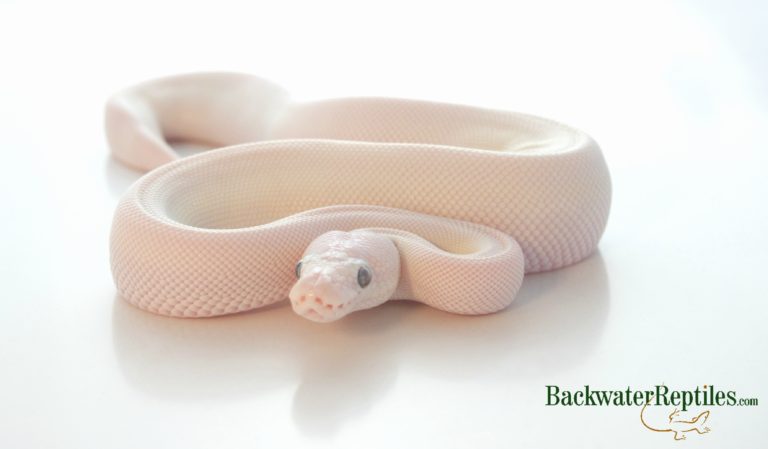
Again, please keep in mind that what lights and lamps you choose for your pet’s setup will vary. A lot of factors come into play when choosing the appropriate lighting including the species the light is for, the temperature in your home, the humidity levels you need to maintain, and whether or not you have other sources of heat.
What lighting does my pet snake need?
Many of the most commonly kept species of pet snake actually don’t require UV lighting including: ball pythons, corn snakes, king snakes, and hognose snakes. However, it will not harm your snake if you choose to provide a UV light. In fact, it might just make their scales shinier and give them an immune system boost.
Our advice is to do what feels best to you as a reptile owner. Consult with your veterinarian or resident herpetologist if you have serious concerns about your pet’s health due to lighting. Research and apply what you learn to your specific situation.
We’d also advise paying close attention to how your snake responds to a UV light or the lack thereof. For instance, if you happen acquire an older snake that is accustomed to having UV lighting in its previous home, it might be best to continue that trend. What’s most important in the long run is of course your snake’s health, so you’d want to make sure you’re not unintentionally doing something that will affect it adversely.
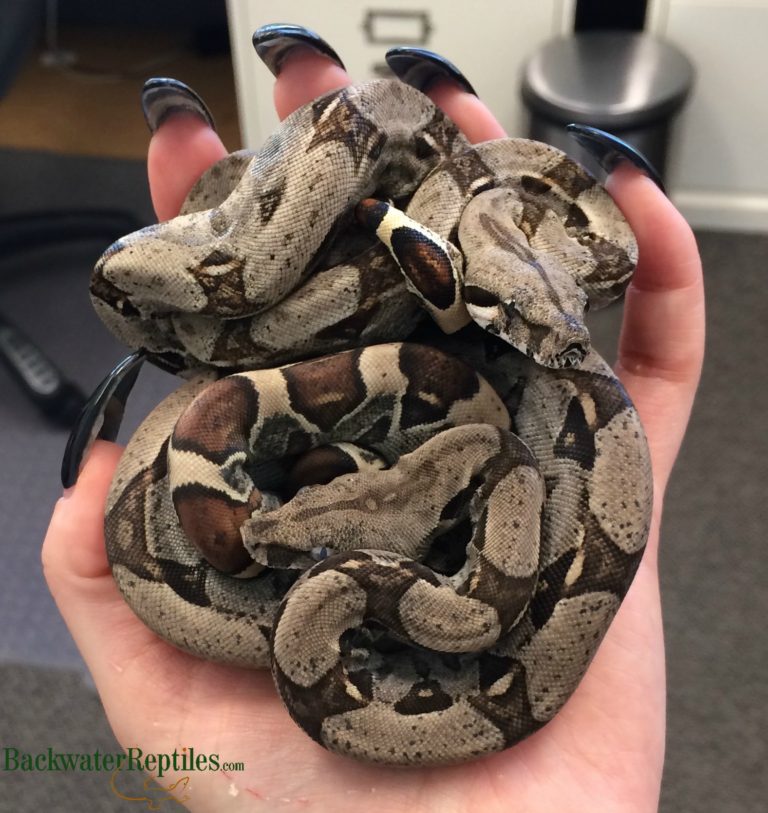
Conclusion
Typically, in most situations and with most species of snake, UV lighting is not a necessity. This is not true of all snakes however, so we advise doing your research and being knowledgable about the species you decide to purchase.
If you have specific lighting or set up questions about any given species of snake, we always welcome questions. Simply email our customer service team at sales@backwaterreptiles.com and they’ll reply in a speedy manner.


